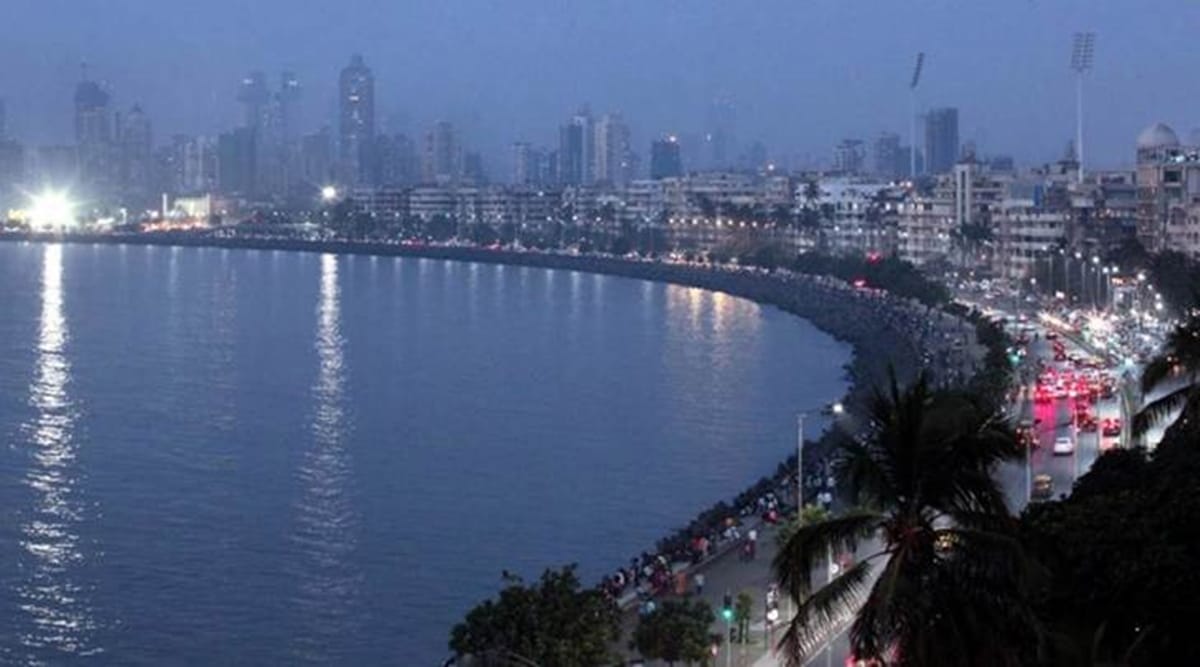 In the case of cluster redevelopment schemes, builders will now be entitled to 85 per cent to 130 per cent incentive area over the rehabilitation component, with a minimum floor space index of four times the gross plot area permissible for the development. Express Photo: Prashant Nadkar
In the case of cluster redevelopment schemes, builders will now be entitled to 85 per cent to 130 per cent incentive area over the rehabilitation component, with a minimum floor space index of four times the gross plot area permissible for the development. Express Photo: Prashant NadkarRedevelopment of Mumbai’s old and dilapidated buildings is set to get more lucrative for builders.
Dishing out fresh perks for the real estate sector, the Uddhav Thackeray government has decided to hike buildable area incentives for developers redeveloping old dilapidated ceased buildings in the island city and also for those implementing cluster redevelopment schemes.
On Wednesday, the state urban development department issued a notification for modification of development control regulations in this regard and invited suggestions and objections from the public.
According to the proposed regulations, developers can now avail a saleable area ranging from 75 per cent to 100 per cent of the built-up area utilised for the rehabilitation component. As per existing regulations, the same incentive ranges from 50 per cent to 70 per cent. But the government has not given the developers a carte blanche. Wary that it could come under criticism of further densification of Mumbai, it has linked the developer’s incentive to the market value of the plot. In other words, lower the market value of the plot, higher the incentives. A minimum buildable area of three times the gross plot area will be available for such developments across Mumbai.
Similarly, in the case of cluster redevelopment schemes, builders will now be entitled to 85 per cent to 130 per cent incentive area over the rehabilitation component, with a minimum floor space index of four times the gross plot area permissible for the development. At present, the sale incentive ranges between 55 per cent to 100 per cent of the rehab area. Developers will also be entitled to additional sale incentives, ranging from 15 per cent to 35 per cent, based on the size of the cluster.
For tenants in such schemes, there is a promise for bigger homes. The minimum rehabilitation area for tenants in cluster schemes is proposed to increased from 300 sq ft to 376 sq ft. Similarly, tenants of ceased buildings will be entitled to an additional 5 per cent space.
Even reconstructed cessed buildings that are over 30 years old will now be eligible for benefits allotted to a ceased scheme. Allowing conversion of ongoing schemes and clubbing of two or more projects, the government has also increased the upper cap for non-cessed component in cessed redevelopment from 25 per cent to 45 per cent, while enhancing the non-residential component permissible in cluster projects. On approval of the municipal commissioner, a cluster scheme will now be permissible even on a 12 m wide road instead of the 18 m road width required currently.